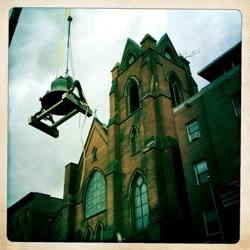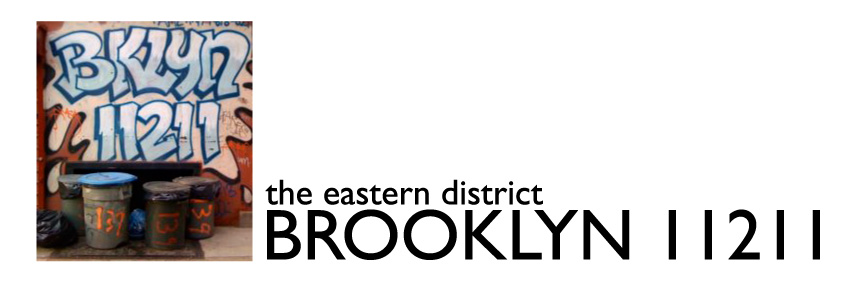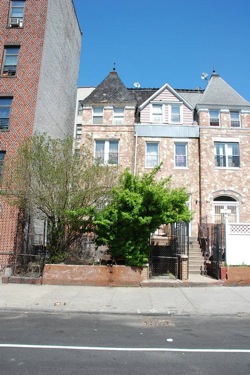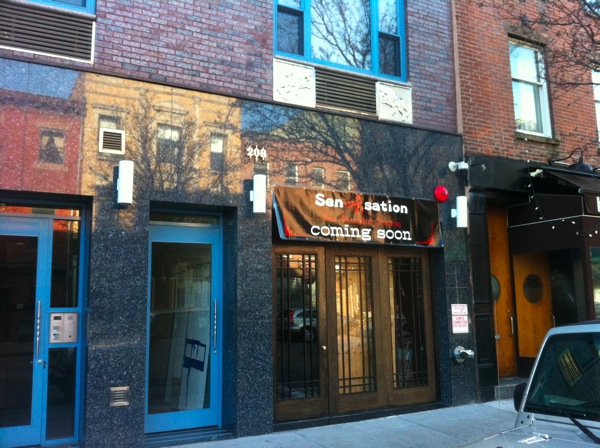
Photo: Heather Roslund
According to Brownstoner, the broker handling the sale of St. Vincent De Paul Church on North 6th Street has announced the sale of the property for $13.7 million. MNS, the broker, says that the mystery owner plans to convert the church.
The church owns two parcels on North 6th Street. One of those parcels (lot 30) is the rectory, a four-and-a-half story building that was constructed in 1869 (Patrick Keely, architect). The other parcel (lot 15) wraps around the rectory and consists of the church itself (also constructed in 1869 and designed by Keely), as well as the large parking lot to the west of the rectory and the 1960s (?) school on North 7th Street.
So the first question is, which properties did the church sell? The second question is, what does the new owner plan for the rest of the site? Taking at face value the claim that the church itself will be converted, there is still a huge development potential for the rest of the site (the larger site – excluding the rectory – is over 33,000 sf; that is a lot of development rights, even at the R6B zoning for the block).
UPDATE:The Real Deal posted the story last night; according to their piece, the lot is 37,500 sf (my figure was from Oasis). The article is also a bit squishier on the fate of the church (” the buyer may choose to develop within the existing structure of the building”), and it notes that the sale went into contract last Spring, and only closed this week.
 New sign at the Edge, corner of North 5th & Kent.
New sign at the Edge, corner of North 5th & Kent.



